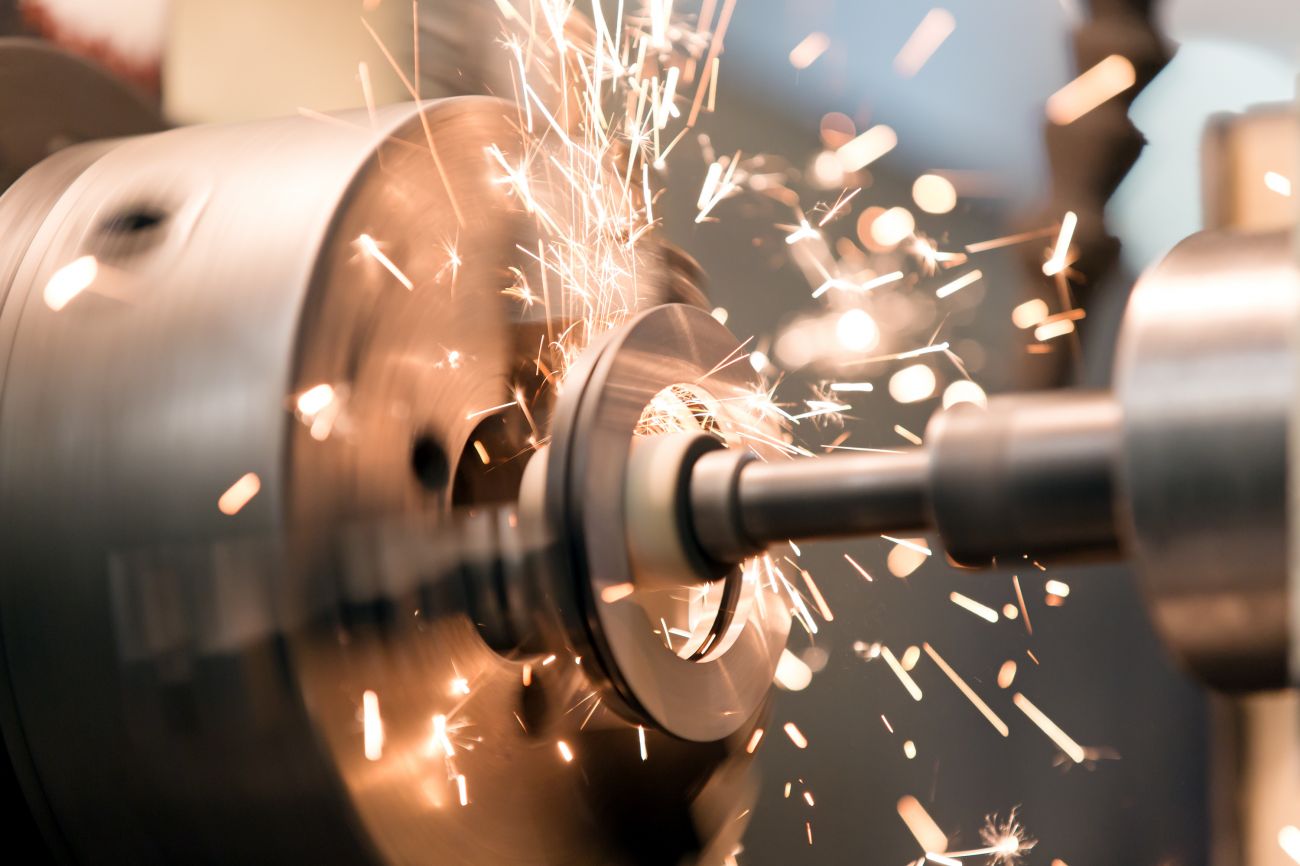INDIA TIGHTENS QUALITY CONTROL

With mandatory BIS certification, covering a wider range of products, Indian manufacturers must ensure compliance or face serious legal and financial consequences.
The Bureau of Indian Standards (BIS) is the national standards body of India established under the BIS Act, 2016, with the authority to ensure product safety, quality, and reliability. BIS operates through various certification schemes to evaluate the conformity of products as prescribed by applicable Indian Standards. Its role is to safeguard consumer interests and promote fair competition in the market. BIS certification, though largely voluntary, becomes mandatory through legal notifications called Quality Control Orders (QCOs). These are issued by Government ministries, mandating that certain products bear the BIS Standard Mark before sale, import, or distribution in India. With over 750 products now covered under such QCOs, non-compliance is not an option for manufacturers looking to enter the Indian market.
Scheme X and Its Importance
Among the key schemes under BIS, Scheme X is highly relevant to machinery and electrical equipment, especially those imported into India by foreign manufacturers. It is governed by the BIS (Conformity Assessment) Regulations, 2018 and implemented through QCOs, mainly the Machinery and Electrical Equipment Safety (Omnibus Technical Regulation) Order, 2024.
This Order, issued by the Ministry of Heavy Industries, mandates BIS certification for over 20 product categories, including pumps, switchgear devices, transformers, power converters, cranes, diesel generators, and filtration equipment.
On June 12, 2025, the Government extended the enforcement date for certain categories to September 1, 2026, offering temporary relief but reinforcing that compliance is inevitable. The Order applies to both Indian and foreign manufacturers, and certification is factory-specific, meaning separate applications are needed for multiple production sites.
July 2025 Guidelines: Enhanced Clarity for Scheme X and Metal Cutting Machines
In July 2025, BIS released two documents clarifying certification procedures under Scheme X, especially for machinery under the Omnibus Technical Regulation (OTR), 2024.
The general certification procedure dated July 11, 2025 and the category-specific framework dated July 16 for metal cutting machines are now pivotal for manufacturers targeting compliance and uninterrupted market entry.
The July 11 guidelines outline two certification pathways: the Licence to Use the Standard Mark and the Certificate of Conformity (CoC). The former applies to ongoing production units, while the latter is for limited runs or prototypes. Applications must include a technical file with product details, model variants, applicable Indian Standards, photographs, safety diagrams, and comprehensive product compliance reports.
BIS also mandates documentation of manufacturing processes, safety validations, and in-house quality assurance mechanisms. A multi-stage assessment follows, starting with a desk audit and a mandatory site audit conducted by a BIS-qualified team. This audit verifies physical and functional safety and inspects the conformity of control systems, such as stroke limiters, interlocks, and grounding measures.
|
Labeling and marking norms have also been redefined. All certified machines must visibly bear the BIS Standard Mark and list essential information such as model numbers, batch details, and safety instructions at least in English. |
The July 16 guidelines offer direction for manufacturers of metal cutting machines, including milling, turning, sawing, EDM (electro-discharge), and pressing machines. Where a Type C standard is available, it must be used alongside Type A and B standards. In its absence, manufacturers must follow IS 16819 (Type A) and relevant B-level standards like IS 16504-1 for electrical safety.
A key requirement is the ‘family of models’ concept. Manufacturers can group machines under a shared risk profile using a lead model that represents the highest safety benchmark. For example, a milling machine series with minor variations may be grouped under one license, provided the lead model meets compliance requirements. Risk assessments must include mechanical, electrical, and thermal benchmarks. Labeling and marking norms have also been redefined. All certified machines must visibly bear the BIS Standard Mark and list essential information such as model numbers, batch details, and safety instructions at least in English.
Penalties and Consequences for Non-compliance
Non-compliance with BIS regulations, especially for QCO-covered products, carries steep consequences. Under Section 29 of the BIS Act, violators may face up to two years of imprisonment and a fine starting from INR 2 lakh for first-time offences escalating to INR 5 lakh for repeat violations. Additionally, fines can reach up to 10 times the value of non-compliant goods. Section 30 extends liability to directors and responsible officers, while Section 31 obligates licensees to compensate consumers for damages from substandard certified goods. Section 28 authorizes BIS and police officers to conduct searches and seizures without a warrant if credible evidence exists.
Conclusion
The regulatory landscape remains dynamic. Guidelines for the product categories under the Omnibus Technical Regulation are still awaited for other machinery, and industry players are advised to monitor updates closely. Given the complexity and evolving nature of the BIS framework, manufacturers must take a proactive approach to certification to avoid disruption and secure market access.
 |
Rushak Tadkalkar |
 |
Mayank Tripathi |



 Facebook
Facebook.png) Twitter
Twitter Linkedin
Linkedin Subscribe
Subscribe